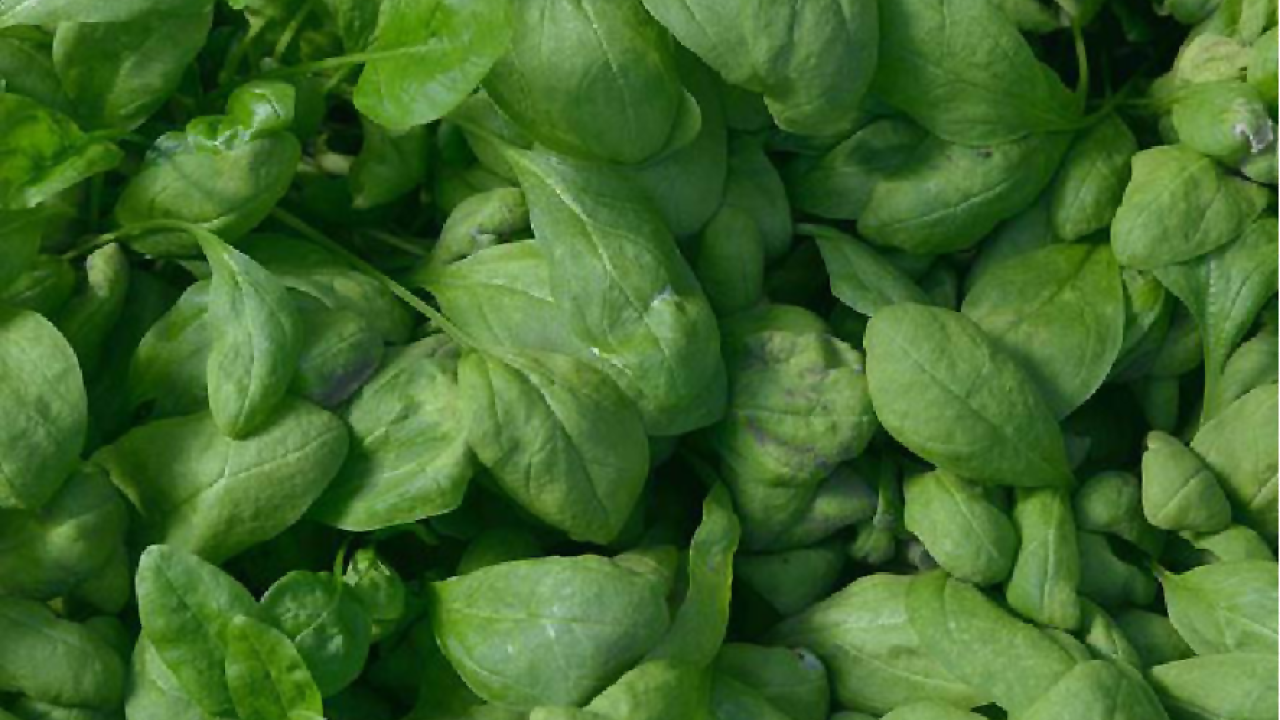Davis, California, USA
July 11, 2022

Downy mildew is a pathogen that makes dry, tan-colored spots on spinach leaves -- a problem especially in organic cultivation. Mildew keeps coming up with new ways to get around the safety measure growers have implemented to ensure spinach is attractive, tasty and safe, said Allen Van Deynze, associate director of the UC Davis Plant Breeding Center, directed by Charlie Brummer.
Researchers at the center, including associate breeder Allison Krill-Brown, are trying to develop new breeds of baby-leaf spinach that better resist downy mildew, take up less cadmium and use nitrogen more efficiently. Van Deynze and the team are looking at spinach genes to find strains with those characteristics.
In the past year, they found several varieties with potential and have been testing them in the lab and out in the field for conventional and organic cultivation. They also are trying different testing methods, looking for ways to screen more lines of plants faster and using less space.
Another goal is to breed lines of spinach that can cycle more quickly from seed to plant to seed, Van Deynze said.
In 2021, Van Deynze, Brummer and their team tested more than 1,700 genetic lines of spinach. (Trials across several states were funded in part by a grant from the CDFA.) This summer, the team plans trials on farms in Davis, Salinas, El Centro and Tule Lake.
In addition, Van Deynze and team completed five tests on nitrogen use efficiency. They are looking for attractive color, leaf shape, flavor and productivity in soils with low nitrogen content.
Van Deynze presented his findings at the recent meeting of the California Leafy Greens Research Board, of the state Department of Food and Agriculture. The research is supported by the research board, seed industry grants, CDFA Specialty Crops Block grants and Specialty Crops-Multi-State grants.
Related links:
https://acrobat.adobe.com/link/review?uri=urn:aaid:scds:US:aedbfcb4-7dd4-3b8d-bc94-c26a435554b9